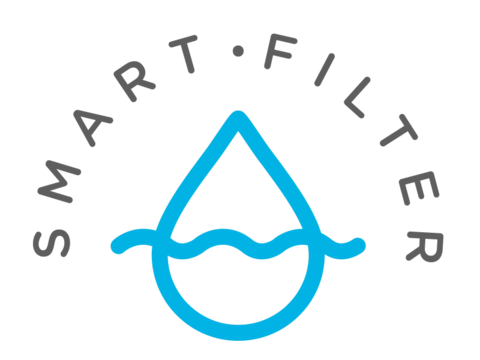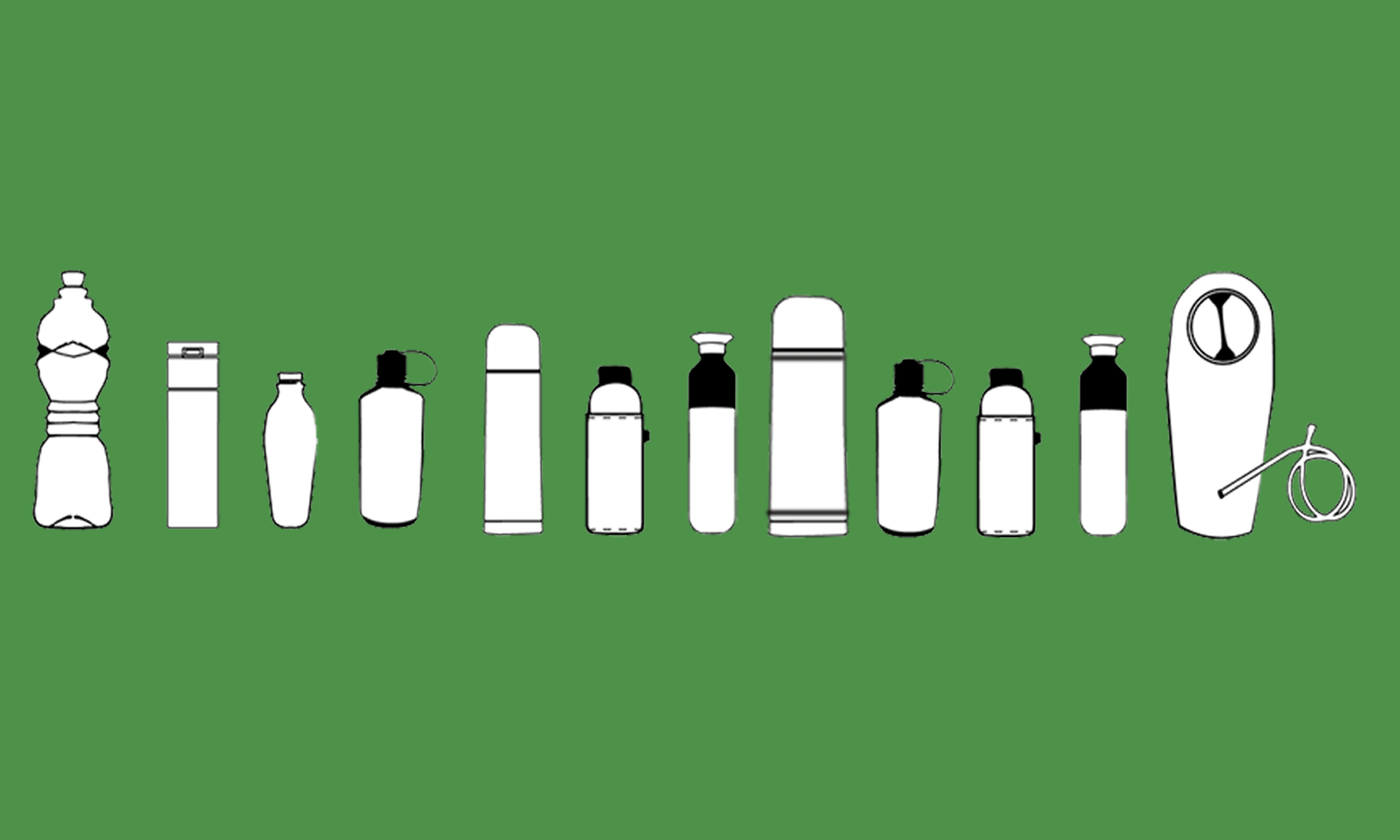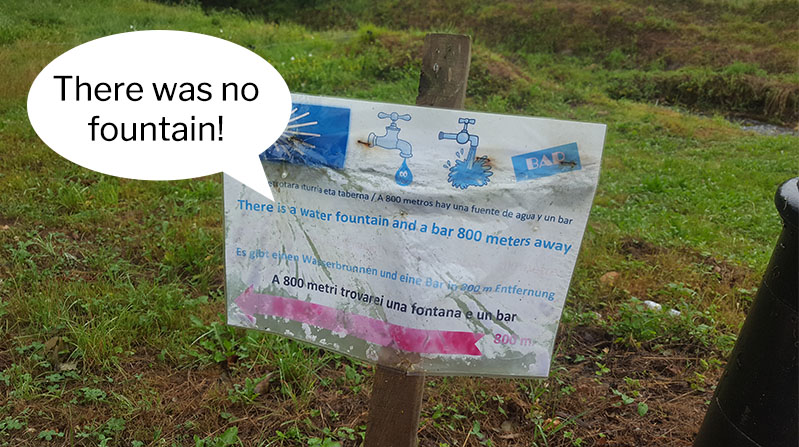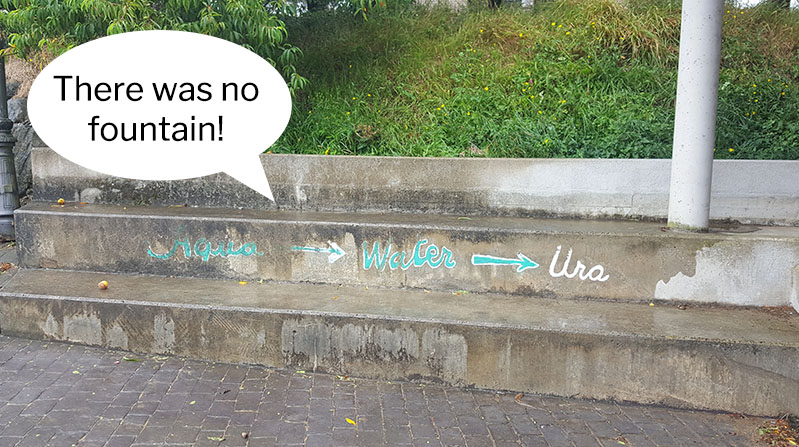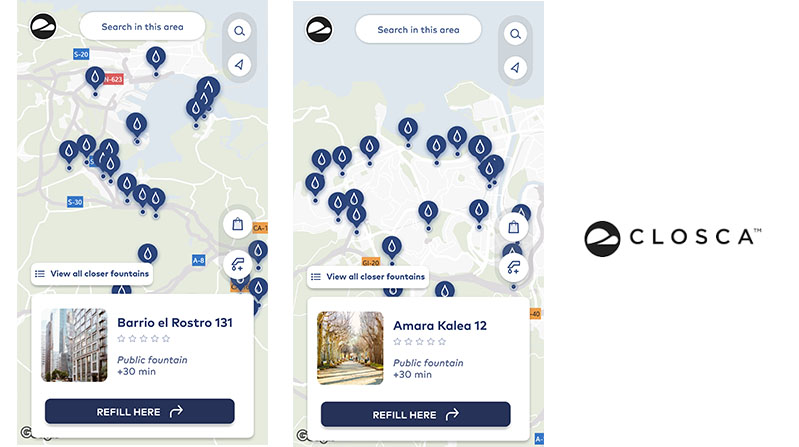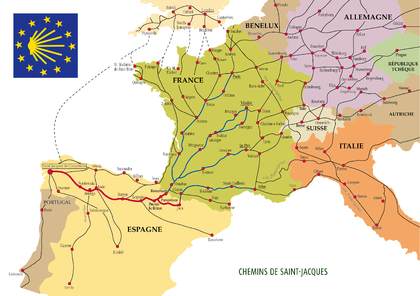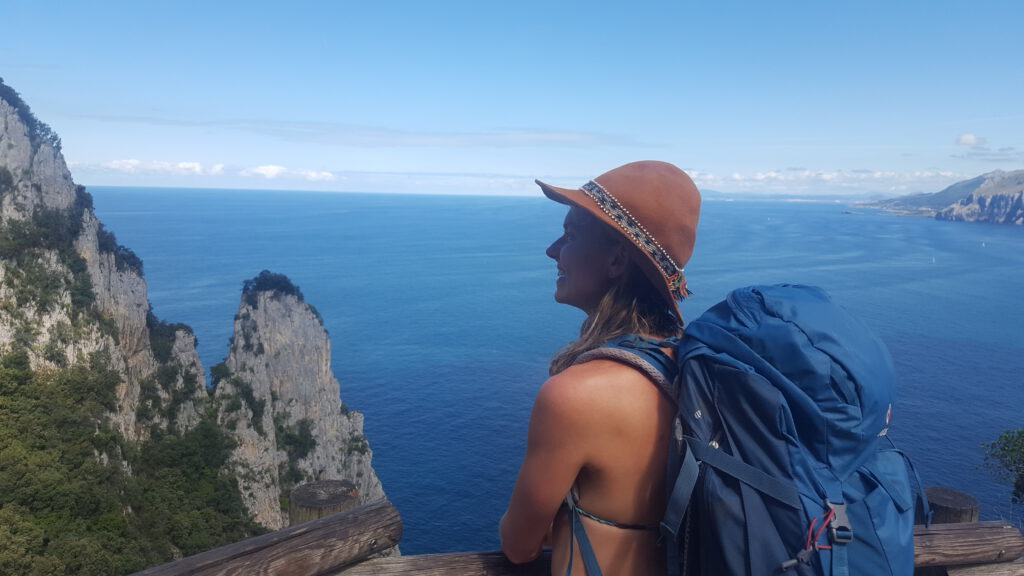Thirsty? The first lesson received by a visitor arriving in Mexico City, is that you cannot drink tap water. As a result, Mexico’s plastic water bottle consumption is one of the highest per capita. According to Greenpeace, only about half of the bottles are recycled and the consumer pays 5,000% more for the product just for the cost of the container. Two DJs are trying to change this. With their company Smart Filter they sell and install Elkay water fountains, bottle fillers and 3M filtration products.
IMPACT ON MEXICO’S DRINKING WATER CULTURE
Co-founder Edward Lugo: ‘Me and another co-founder are DJs. We have actually provided free water systems for water festivals and taken a 2 hour break to go play a set; so we like to connect ventures and be artistic with everything we do.’
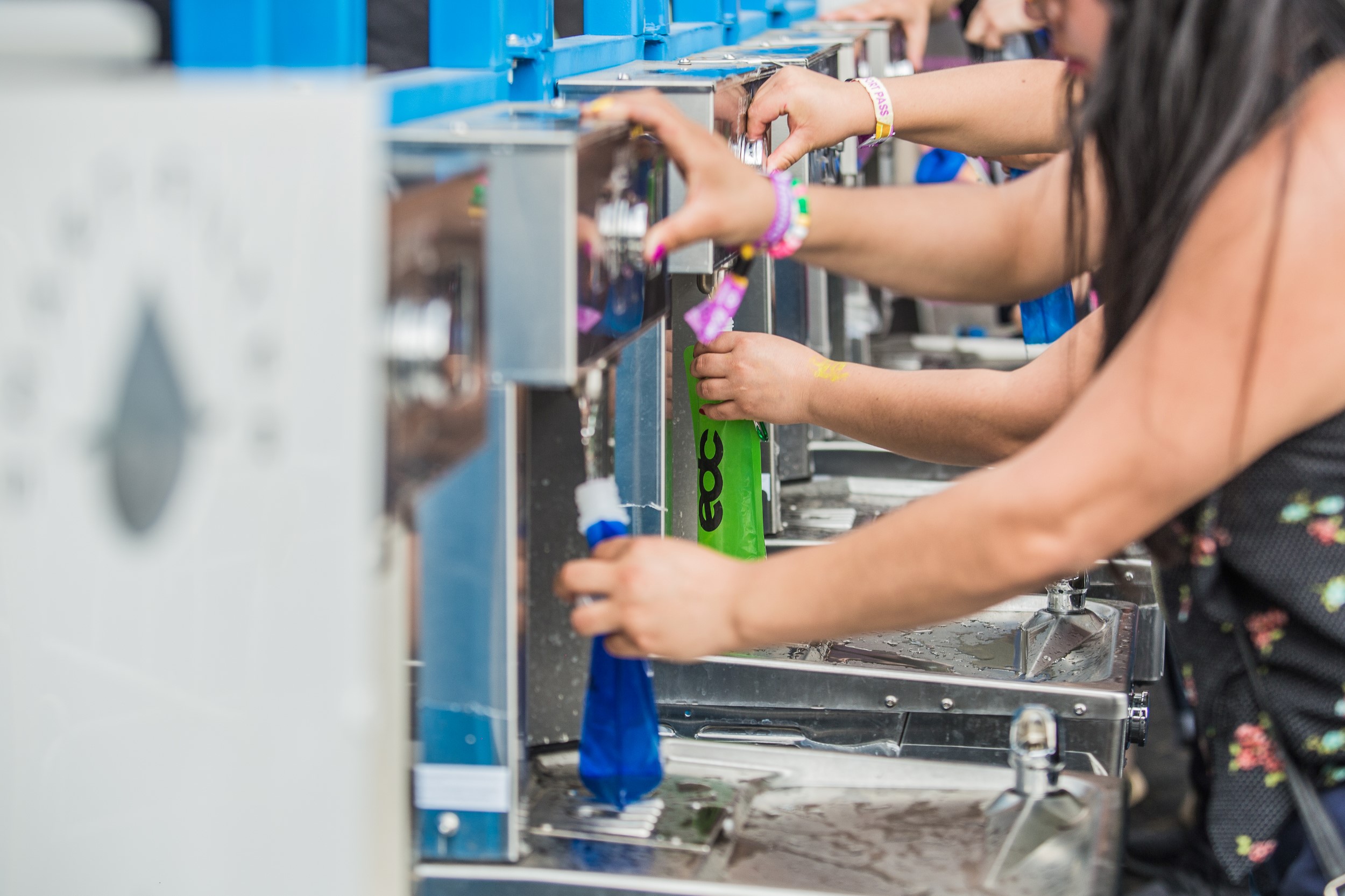
Edward Lugo tells us his family has been involved in water treatment in Mexico for over 50 years. He explains: ‘Our dream is to have an impact of Mexico’s drinking water culture so we can stop being one of the main consumers per capita of plastic in the world’. Therefore, with Smart Filter he wants to install as many filters and water fountains as possible and then find ways to map and have users find the stations. Mapping stations can be done with one of the many refill app.
MORE AND MORE WATER FOUNTAINS IN MEXICO
We believe Smart Filter has an interesting approach. Mexico still has a long way to go, but every step counts. Official numbers are missing, but public water fountains are emerging in gyms, universities, massive events, office buildings, parks and hotels. Locals with a sustainability mindset are starting to carry a refillable bottle with them on the streets. We hope more will follow their example!
GET IN TOUCH
Smart Filter is based in Mexico City, a metropole with nine million inhabitants. They are a division of Lawsco, a big water treatment company in Mexico. Do you want to learn more about Smart Filter? Check out their website or get in touch with Edward Lugo.
